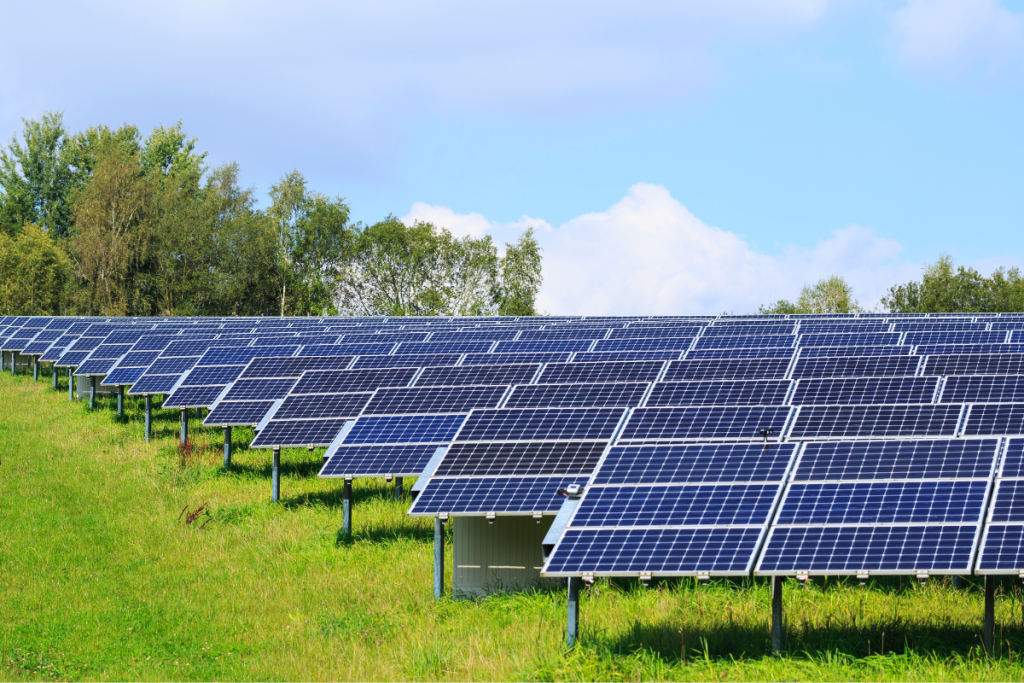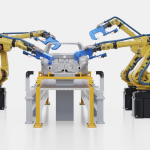As fulfillment networks grow more automated, their energy profile has become harder to ignore. Robot fleets, temperature-controlled zones, and fast-charging batteries are colliding with rising power prices and carbon accountability. In response, companies are shifting from uptime-at-all-costs to energy-aware orchestration, where task scheduling, equipment charging, and HVAC loads are increasingly aligned with grid pricing and emissions data.
From Task Timing to Time-Shifting
The traditional warehouse prioritizes throughput and order cutoffs. Everything else, especially energy, gets treated as a fixed cost. But new tools are turning electricity into a controllable variable.
FedEx, for example, is exploring load-leveling strategies in large facilities to reduce Scope 2 emissions and power draw during peak pricing hours. This includes scheduling non-urgent AMR charging overnight, delaying temperature ramp-ups in cold storage, and adjusting picking workflows to coincide with low-carbon intensity windows. DB Schenker is piloting similar initiatives in Europe, where carbon-linked energy tariffs are pushing operators to rethink shift patterns, task sequencing, and even which routes are run at what times.
The results go beyond sustainability compliance. By embedding energy logic into fulfillment orchestration, companies are deferring consumption during grid stress events, improving power cost forecasting, and sharpening their emissions disclosures, without sacrificing service levels.
The Energy-Aware Fulfillment Stack
Grid-Linked Task Scheduling: Order batching, AMR deployment, and pick wave launches are now being synchronized with dynamic grid signals. Systems pull hourly updates on local energy pricing and CO₂ intensity and factor these into fulfillment task timing—especially for non-SLA-critical orders.
Battery Load Orchestration: AMRs, AGVs, and lift equipment are charged during off-peak hours using smart chargers that modulate voltage intake based on facility usage and utility pricing. Some fleets are now scheduled with energy-aware dispatching, which aligns robot activity not just with labor availability, but with predicted energy load profiles.
Thermal Load Coordination: HVAC and cold-chain energy use—long considered untouchable—are being sequenced based on delivery windows and zone occupancy. In pilot sites, facilities delay chilling or heating for orders arriving later in the day, reducing idle temperature maintenance without compromising product integrity.
Carbon-Aware Routing: TMS platforms are beginning to integrate carbon scores into route selection. For example, if a delivery can be delayed by a few hours or rerouted through a hub with renewable surplus, the system can prioritize lower-emissions fulfillment paths, especially when emissions tracking is linked to regulatory or brand reporting.
Exception Controls and Override Layers: While algorithms drive efficiency, human planners retain discretion. Exception dashboards allow facilities to escalate urgent orders, override suggested deferrals, or simulate trade-offs between energy cost and order SLA. These controls prevent over-optimization in time-sensitive environments.
Turning Compliance Into Competitive Advantage
For many operators, energy optimization began as a compliance checkbox, another step in emissions tracking. But companies are now realizing it’s a lever for margin protection and capacity resilience. In energy-constrained geographies or high-volatility markets, time-shifted fulfillment could be the difference between maintaining flow and facing unplanned shutdowns.
The next evolution may not just optimize against carbon or cost, it could benchmark against competitor baselines. As energy-aware logistics becomes a differentiator, firms that integrate power intelligence into their fulfillment logic will not only decarbonize faster, they’ll deliver smarter.





